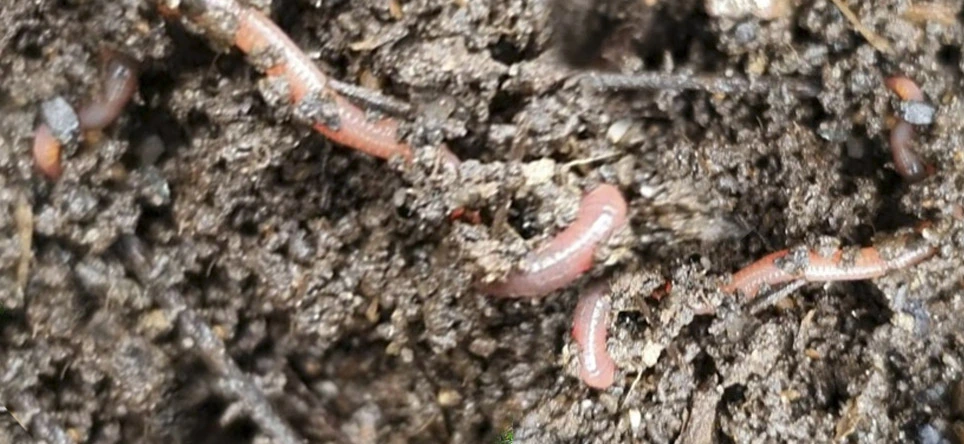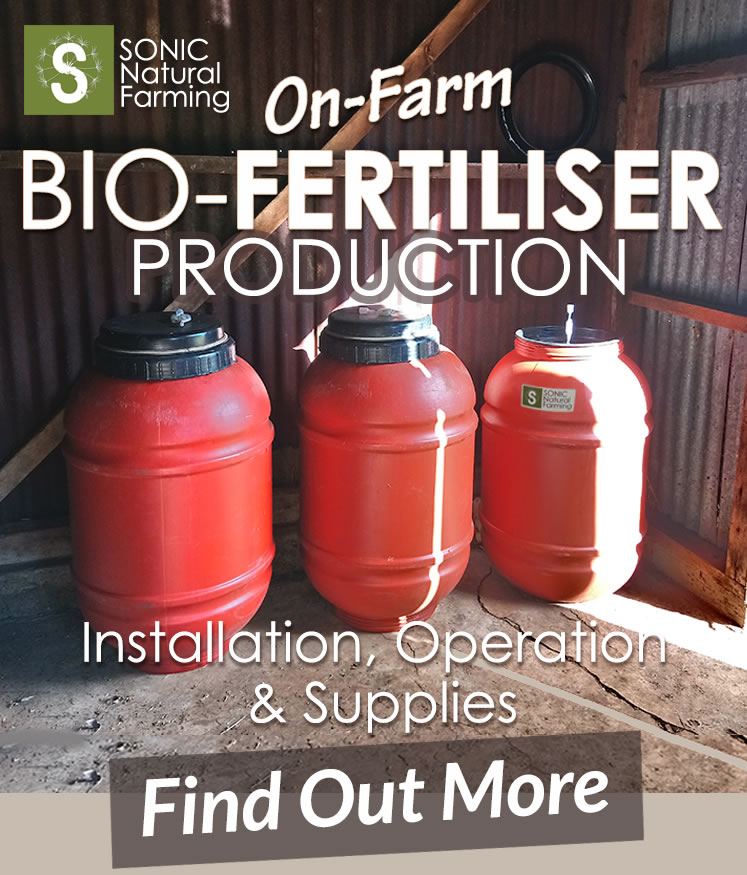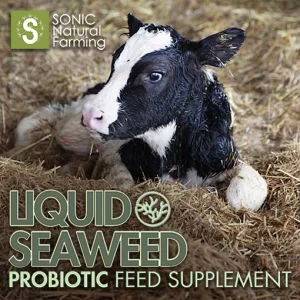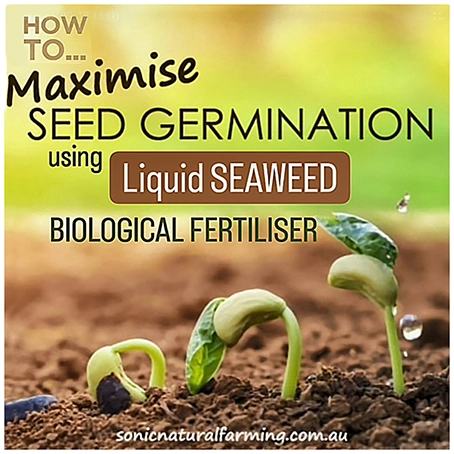Soil fertility is the foundation of a thriving garden or farm, yet many overlook the delicate balance required to maintain it.
Imagine your plants bursting with health, producing bountiful yields without the constant need for synthetic inputs. Achieving this dream is possible through sustainable and cost-effective methods that enhance soil fertility.
In this post, we delve into seven proven strategies that will transform your soil into a powerhouse of nutrients and life. From harnessing the power of beneficial microorganisms to implementing strategic water conservation techniques, these methods will not only save you money but also promote a healthier, more resilient growing environment.
Let’s explore how you can cultivate soil that supports robust plant growth, improves crop yields, and contributes to long-term agricultural sustainability. Improving soil fertility, cost effectively, is a key focus for farmers and gardeners alike. By adopting sustainable practices, and by applying a few key methods, it is possible to enhance the health of your soil without spending too much money. In this article we explore 7 of the top, tried and tested, cost saving ways that you can build fertility in your soil.

What is Soil Fertility?
Soil fertility is a complex topic that involves the interplay between various factors, including the presence of essential nutrients, soil microorganisms, and the overall health of the soil. It’s not just about having rich soil; it’s about understanding what makes it rich and keeping it that way. Let’s dive deeper into the elements that contribute to healthy soil fertility.
The Role of the Soil Microbiome
Fertility in the soil is dependent on the health and diversity of the soil microbiome. Soil microorganisms, such as bacteria, fungi, and protozoa, play a crucial role in the cycling of nutrients, the decomposition of organic matter, and the overall maintenance of soil structure. These tiny creatures are the unsung heroes of agriculture, working tirelessly underground to keep our plants healthy and strong.
By understanding the importance of these soil microorganisms, farmers and gardeners can adopt more sustainable practices to improve and maintain soil fertility. Healthy soil teems with life, from the microscopic bacteria that break down organic matter to the earthworms that aerate the soil. Each organism plays a part in creating a balanced ecosystem that supports plant growth.
Supporting Soil Microorganisms
By incorporating practices that support soil microorganisms and attract worms, growers can significantly contribute to improving soil structure and provide plants with the necessary nutrients for optimal growth. This includes adding organic matter like compost, using cover crops, and avoiding excessive tilling that can disrupt the soil ecosystem.

1. Using Seed Inoculants to Improve Soil Fertility
One of the most cost-effective methods to build soil fertility is by using biological stimulants, such as biologically activated Liquid Seaweed, to inoculate seeds. This technique is gaining popularity among farmers for its simplicity and effectiveness.
What is Seed Inoculation?
Seed inoculation involves applying a small amount of liquid concentrate, typically around 5L per 1 tonne of seed, directly to the seeds before planting. This method introduces beneficial microorganisms to the seeds, which then colonise the soil and root system of the growing plants. It’s like giving your seeds a head start, ensuring they have all the helpers they need from the get-go.
Benefits of Biological Seed Inoculants
The key advantage of using biological fertilisers as seed inoculants is their cost-effectiveness. Compared to conventional seed inoculants, biological alternatives are more affordable. By reducing dependence on expensive synthetic inputs, farmers can significantly cut down on their overall seed planting costs.
Using Biologically Active Fertiliser for Seed Treatment Boosts Fertility the Soil
Moreover, biological fertilisers are highly effective at promoting plant growth and improving nutrient uptake. The beneficial microorganisms present in these inoculants help enhance soil fertility and provide essential nutrients that plants require for healthy growth.
Environmental Benefits
In addition to cost savings and increased effectiveness, using biological fertilisers as seed inoculants also offers environmental benefits. These biological products are derived from natural sources and do not contribute to chemical runoff or pollution that can harm ecosystems. By choosing biological inoculants, farmers are making a choice that’s good for their crops and the planet. Read Biological Seed Treatments: Benefits and Methods
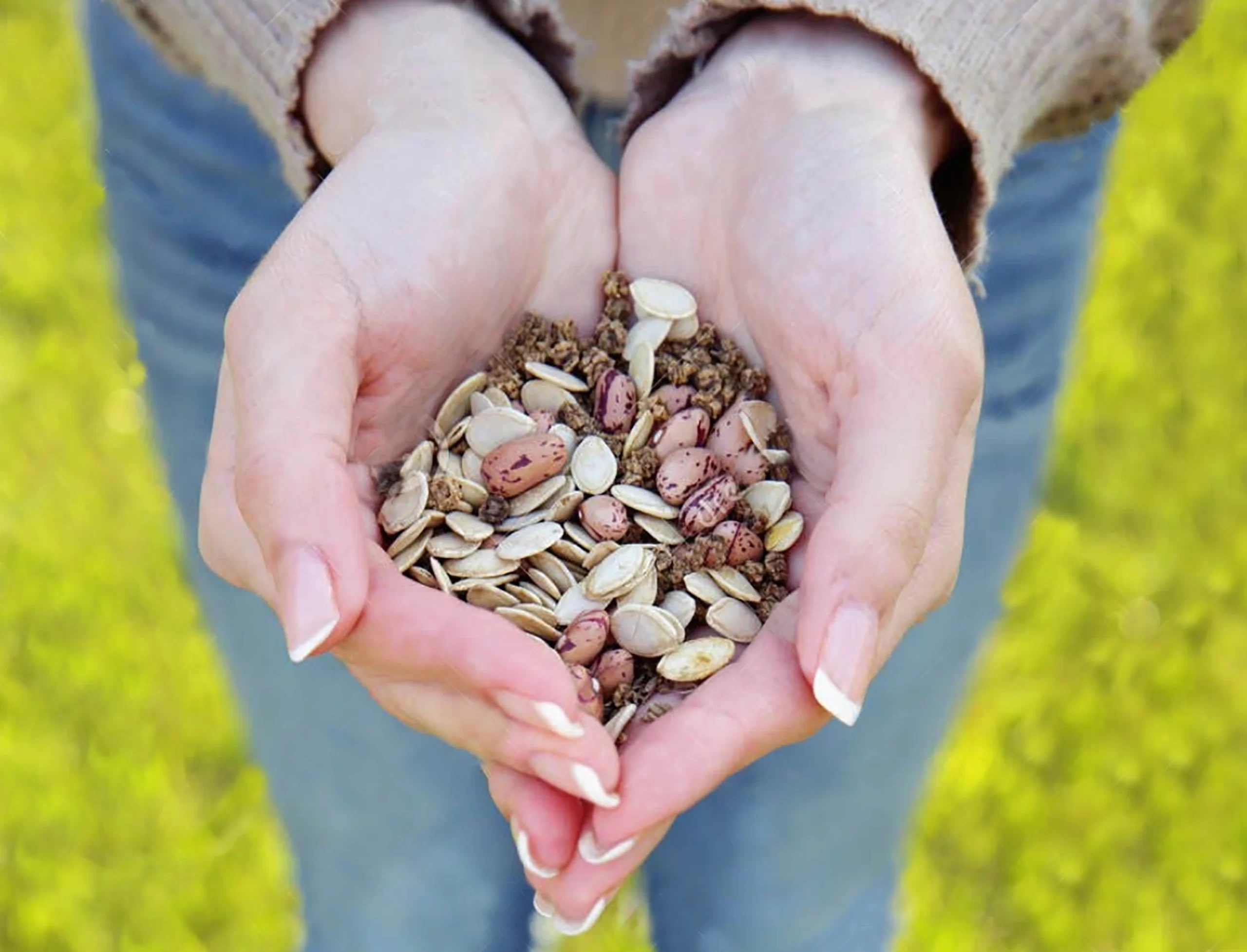
2. Maintaining Cover for Improved Soil Fertility
Cost-saving methods to improve soil fertility can also be achieved by implementing ground cover practices such as using cover crops or mulch. These methods not only help in reducing the need for excessive fertilisers but also provide numerous other benefits to the soil and plants.
Green Cover Crops
Cover crops, which are typically grown between cash crop seasons, as well as pasture cropping, can help improve soil fertility. This occurs by crops fixing nitrogen, increasing organic matter content, and preventing soil erosion. By incorporating cover crops into your farming rotation, you can reduce the reliance on high analysis fertilisers and potentially save on costs.
Mulch Cover
Mulching is another effective technique to conserve moisture, suppress weed growth, and enhance soil fertility. By applying a layer of organic material such as straw, wood mulch, or compost to the soil surface around plants, or in between rows, you can prevent nutrient leaching and evaporation. This reduces the need for frequent fertiliser applications and helps in saving money over time.
Implementing Proper Practices
It is important to note that while these ground cover practices can significantly reduce fertiliser expenses, they should be implemented alongside proper soil testing and nutrient management strategies. Regular monitoring of soil health and nutrient levels will ensure that your plants receive adequate nutrition while minimising unnecessary or excessive fertiliser use. It’s all about balance—knowing what your soil needs and providing just that.
By adopting these sustainable practices, using cover crops or mulch as ground cover, farmers and growers can not only save on fertiliser costs but also promote healthier, more fertile soil and more resilient plant growth.

3. Well Timed Foliar Spray Applications for Improved Soil Fertility
Our number 3 cost-saving method to improve soil fertility is through well-timed spray applications.. Timing is everything, and when it comes to fertilising, it can make a world of difference.
Optimising Wet Conditions
Applying biological fertilisers before rainfall can dramatically improve soil fertility. The moisture from the rain helps facilitate the proliferation of beneficial microorganisms within the fertiliser, enhancing their ability to enrich the soil. Think of it as nature’s perfect watering system, giving those microbes the boost they need.
Biological fertilisers contain live microbes, such as bacteria and fungi, that work to naturally improve soil health. When applied ahead of precipitation, the added moisture kickstarts the activity of these microorganisms. They are then able to more effectively break down organic matter, fix atmospheric nitrogen, and make key nutrients available to plant roots.
This process contrasts with the application of synthetic, chemical fertilisers, which provide a quick nutrient boost but do not contribute to long-term soil vitality. By leveraging biological products in conjunction with rainfall, growers can build soil fertility in a sustainable way that supports overall ecosystem health. It’s about working with nature, not against it.
Harnessing Night Moisture
Spraying biological products in the evening or during nighttime can make a huge difference in the fertiliser’s effectiveness. By strategically timing the application of biofertilisers, farmers and gardeners can optimize their usage and reduce overall expenses.
Late afternoon, evening, or night spraying offers several advantages when it comes to saving on biological fertiliser;
- Firstly, cooler temperatures during these times can help prevent excessive evaporation of the applied biofertiliser, ensuring that a larger percentage is absorbed by the soil and plants.
- Additionally, reduced wind speeds during these hours can minimise drift and ensure that the fertiliser is targeted accurately to its intended areas.
Applying fertilisers in the evening or at night allows for better absorption by plants as they enter a period of rest and reduced transpiration
Moreover, evening application enables plants to efficiently take up nutrients from the soil, without any immediate stress caused by heat or sunlight.
Therefore, by adopting well-timed spray applications, such as before rain, late in the evening or at night, farmers and gardeners can maximise their use of biological fertilisers, while providing sufficient nutrient uptake by plants and increasing healthy soil fertility.
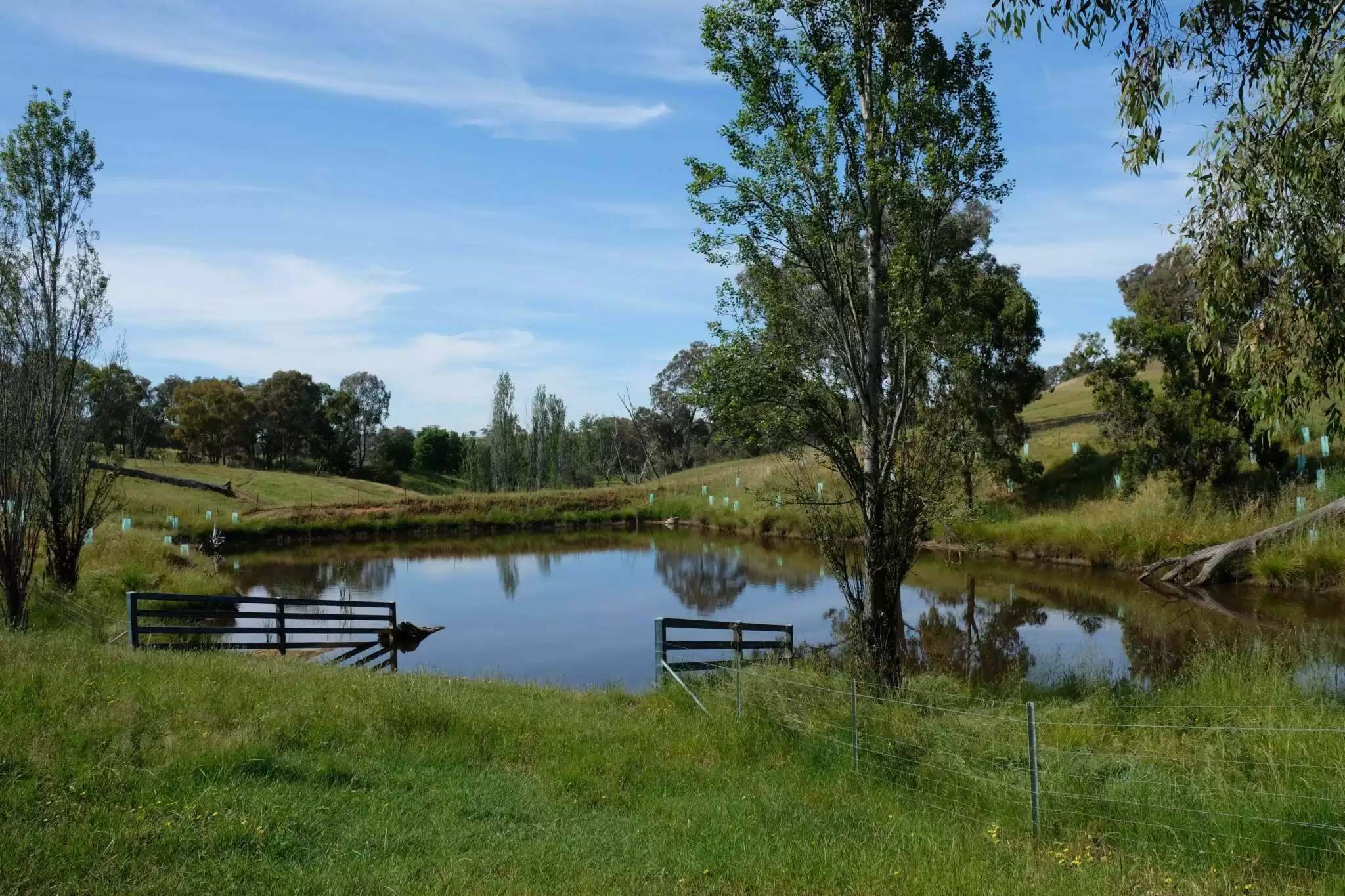
4. Water Conservation for Improved Soil Fertility
One effective cost-saving method to improve soil fertility is by implementing water contours on the land. Water contours, also known as contour farming or contour ploughing, involve shaping the land in a way that helps retain water and prevents erosion.
What are Water Contours?
By creating ridges and channels along the natural contours of the land, water is directed to flow slowly across the field instead of running off quickly. This allows for better absorption into the soil and reduces surface runoff, which can carry away valuable nutrients along with it. It’s a natural way to keep water where it’s needed most.
Benefits of Water Contours
The use of water contours helps to conserve moisture in the soil, leading to healthier plant growth, better soil fertility, and reduced dependence on fertilizers. When water is evenly distributed across the field, it ensures that nutrients are effectively delivered to plant roots, minimizing wastage.
Additionally, by reducing erosion through contour farming practices, topsoil loss is minimised. Topsoil contains essential organic matter and nutrients necessary for plant growth.
By preserving topsoil integrity, farmers can optimise fertiliser usage and nutrient availability in their fields. Implementing water contours requires careful planning and design based on the specific landscape and soil conditions of each farm. It may involve creating terraces or embankments that follow natural slopes or using machinery such as contour ploughs or laser-guided leveling equipment.
Overall Benefits
Overall, incorporating water contours into agricultural practices offers numerous benefits beyond just cost savings on fertilisers. It promotes healthy soil fertility, using sustainable farming methods, and conserves resources. It’s about thinking long-term and building a resilient farming system.
5. Using Biologically Activated Fertilisers to Improve Soil Fertility
The number 5 cost-saving method to improve soil fertility is to use organic biological fertilisers. These fertilisers offer a sustainable and effective alternative to traditional chemical options.
Liquid Seaweed Biological Fertiliser is a great cost-effective alternative to conventional or chemical fertilisers, packed with a full spectrum of over 70 naturally balanced minerals, microelements, vitamins and enzymes.
Seaweed is rich in many essential nutrients like nitrogen, potassium, and phosphorus that plants need for healthy growth. Diluting liquid seaweed in water and applying it to plants and soil can provide perfectly balanced organic nutrition.
Using Beneficial Biology to Stimulate Biology
Biofertilisers that are cold processed. or fermented. also maintain the amino chains, such as in Fish Hydrolysate Fertiliser. Lower rates of fish hydrolysate fertiliser can be effectively used, if applied more frequently, contributing to cost saving benefits, as well as exceptional results.
6. DIY Biofertilisers to Reduce Input Costs and Improve Soil Fertility
Producing your own fertiliser is an excellent way to save costs and ensure your soil remains fertile and healthy.
DIY fertiliser production allows you to tailor the nutrient content to your specific needs, ensuring your crops receive the optimal balance for growth. By using materials readily available on your farm, such as compost and organic waste, you can create high-quality fertilisers without the expense of commercial products.
Not only does DIY production cut costs, but it also contributes to a more sustainable farming system. Recycling organic waste into fertiliser reduces waste disposal costs and minimises environmental impact. Moreover, homemade fertilisers enhance soil structure and microbial activity, promoting long-term soil health and productivity.
SONIC Natural Farming Production and Training Packages
For those interested in taking DIY fertiliser production to the next level, SONIC Natural Farming offers comprehensive production and training packages. These packages are designed to help you produce biological fish and seaweed fertilisers on a small or large scale, right on your farm.
With SONIC’s expert team guiding you, you’ll learn the intricacies of creating highly effective biological fertilisers. The training covers everything from sourcing raw materials to the fermentation processes required for optimal nutrient extraction. Whether you aim to produce fertilisers for personal use or to start a small-scale production operation, SONIC’s packages provide the knowledge and tools necessary for success.
By investing in SONICS’s production and training packages, you not only gain valuable skills but also join a community of like-minded farmers dedicated to sustainable and cost-effective farming practices. These packages are an investment in your farm’s future, offering long-term savings and improved soil health.
Explore how SONIC’s training can revolutionise your approach to fertiliser production and contribute to the overall success and sustainability of your farm.
7. On-Farm Biofertiliser Production to Reduce Farm Costs and Improve Soil Fertility
If you’re in Australia, our number 7 cost saving method to improve soil fertility is by utilising SONIC’s unique On-Farm Production Services. By accessing bulk supply fertilisers made directly on-farm, this innovative solution offers significant cost savings for farmers.
Traditional methods of purchasing fertilisers often involve various intermediaries, resulting in higher prices due to transportation and handling costs. However, by producing fertilisers directly on the farm, with SONIC’s On-Farm Production Services, farmers can eliminate these additional expenses.
By cutting out the middlemen, farmers can enjoy reduced costs and increased control over their fertiliser supply chain.
Producing fertilisers on-farm promotes local resources and sustainable farming practices
In conclusion, by implementing any of these 7 methods, farmers can build soil fertility sustainably and cost effectively. These methods focus on enhancing soil health through the use of organic matter, composting, cover cropping, and by encouraging beneficial soil microorganisms through the use of natural inputs.
By optimising organic fertiliser usage, and time efficiency, not only do farmers save money, but they also contribute towards environmental conservation practices.
Related Videos:
Disclaimer:
The information in this article is for general guidance and not professional advice—always consider your individual circumstances or consult with a professional before making decisions. For more details, please review our full Disclaimer.
Unlock the potential of your land by tailoring organic fertilisers to suit your unique Aussie soil type. The right organic fertilisers—like compost, biochar, or liquid fish—can not only boost crop resilience, but also improve soil fertility and sustainability over time.
Discover some of the most popular natural organic fertilisers you can tailor to your soil. Download our ‘Organic Fertilisers by Soil Type – Quick Guide’ to get started!
At SONIC Natural Farming, we’re committed to helping Aussie farmers easily access organic inputs, at the same time as saving big!
SONIC On-Farm Production Services minimise transportation costs. Plus, by reusing storage containers on the farm, farmers can reduce plastic waste and packaging expenses, saving even more.
But that’s not all—SONIC Production and Training Programs empower farmers to produce their own Biological Solutions using the most eco-friendly and cost-effective supply option available in Australia today.

Want to see how we can help you beat the high cost of fertiliser?

